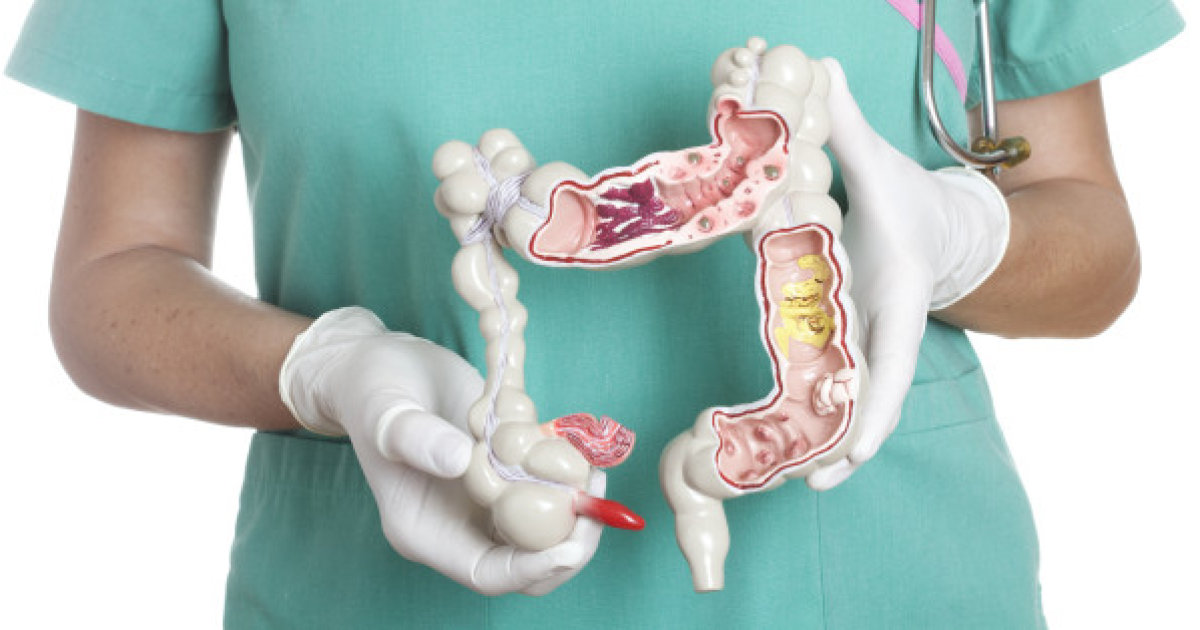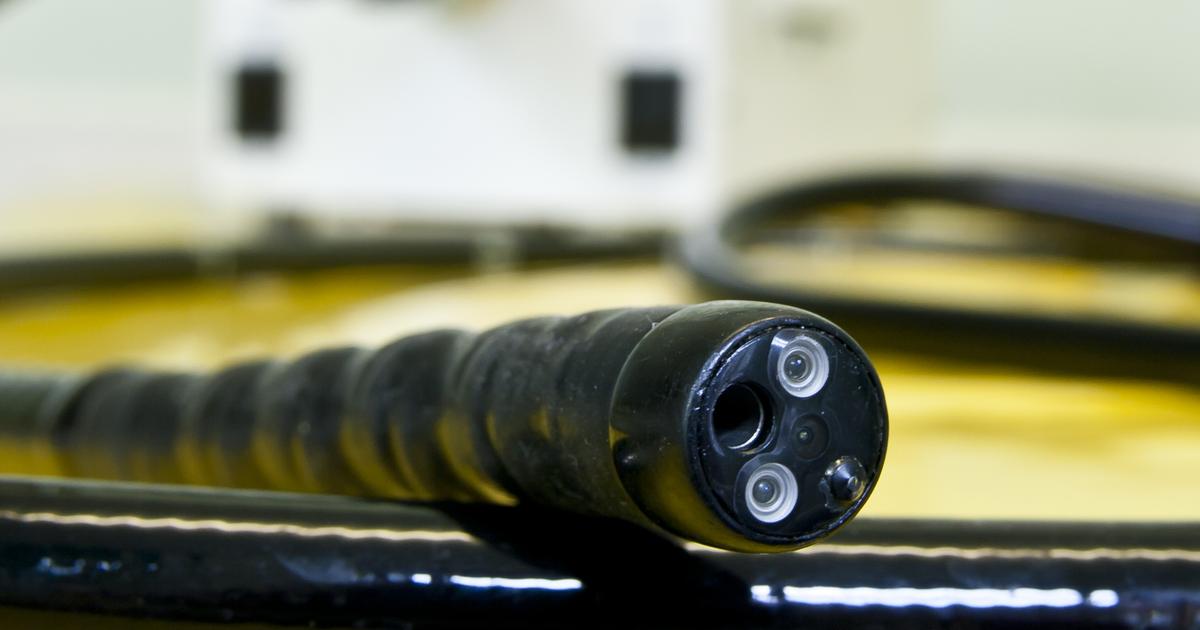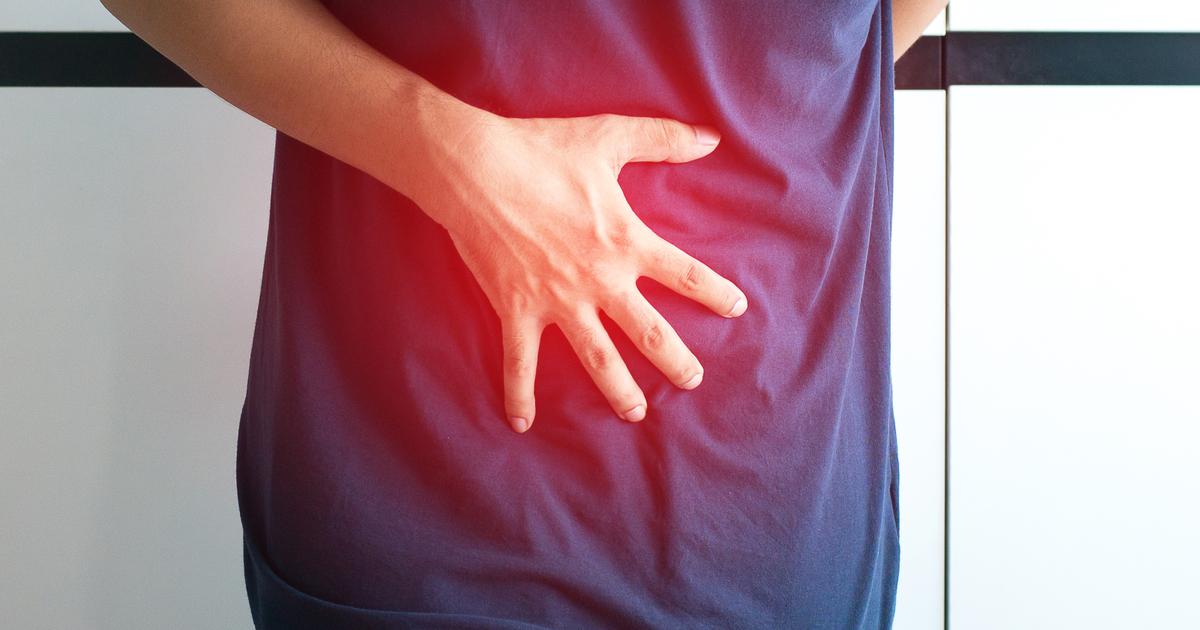What To Expect From A Feeding Tube Insertion Procedure
A feeding tube insertion procedure (gastrostomy) is a surgical procedure where a device called a feeding tube is installed in the stomach through an abdominal incision. Feeding tube insertion procedures are required for patients affected by conditions that make it extremely difficult for them to eat normally. A healthy individual places food into their mouth, which is then chewed and swallowed into their esophagus. From the esophagus, the food moves into the stomach, where it is digested and broken down before entering the small intestine for nutrient absorption. When there is a structural or functional issue with any of the muscles, nerves, organs, or tissues involved in the movement of food to the stomach that keeps an individual from being able to eat, they will need to be fed through an alternative method. A gastrostomy is the first step to implement such a feeding method.
Get familiar with what to expect from a feeding tube insertion procedure now.
Why Feeding Tubes Are Used

An individual may need a feeding tube If they have trouble eating on their own. Patients may need to have a feeding tube placed if they have a malformation of their esophagus or mouth that makes it difficult for them to eat or makes it unsafe for them to eat normally. Individuals who have problems with swallowing and keeping food down may also need to have a feeding tube inserted. Those who are not receiving adequate nutrition or fluids by mouth are also considered candidates for a feeding tube. Some common medical conditions that may necessitate the use of a feeding tube include severe burns, stroke, motor neuron disease, dementia, terminal cancer, premature birth, neurologic disorders, atrial septal defect, and cerebral palsy. Patients affected by bronchiolitis obliterans, celiac disease, Chiari malformation, Sanfilippo syndrome, chronic lung disease, Crohn's disease, cystic fibrosis, down syndrome, oral motor disorders, muscular dystrophy, macroglossia, laryngeal cleft, kidney failure, and many other conditions may need to have a feeding tube temporarily or permanently inserted.
Discover how to prepare for the insertion procedure next.
How To Prepare For The Procedure

An individual can prepare for their feeding tube insertion in several ways to ensure the procedure goes well. The physician performing the procedure will need to know if the patient is taking any anticoagulants regularly, such as warfarin, dipyridamole, and ticlopidine hydrochloride. Patients are often instructed to stop taking these medications a couple of days before the procedure and given an alternative method for blood-thinning if necessary. During the week before the feeding tube insertion procedure, the patient should not take any medications containing acetylsalicylic acid or nonsteroidal anti-inflammatory drugs. A patient will be instructed not to eat or drink anything during the eight hours before their procedure. Patients will need to arrange transportation to and from the facility where their procedure will take place. Some patients are asked to stay overnight at a location that is thirty miles or less from the facility where their procedure is done. Some will need to stay overnight at the hospital and should pack an overnight bag with personal items.
Get the details on how the procedure itself works next.
How The Procedure Works

During a feeding tube insertion procedure, the patient is given anesthesia and a pain reliever so they do not feel any discomfort and are not aware of what is going on. They will be positioned in a lying position on their back before the surgeon inserts the endoscope into their mouth and down their esophagus. The camera on the endoscope is used to examine the lining of the stomach and ensure the feeding tube is placed correctly. Once the surgeon is satisfied with what they can see with the endoscope, they make a small incision in the patient's abdomen and insert the tube into their stomach. The surgeon uses specialized materials to secure the feeding tube and close the surgical wound. The site where the tube exits the patient's abdominal skin is referred to as the stoma site. The entire procedure usually does not take over an hour. At the surgeon's discretion, x-rays and other imaging methods may be used to help carry out this procedure instead of the endoscope. This type of surgical feeding tube insertion is usually recommended for patients who need to be tube fed for at least three months.
Learn about the risks associated with a feeding tube insertion procedure next.
Risks Of The Procedure

A feeding tube placement procedure is known to be a safe procedure, but all surgical procedures have risks of complications. Before the procedure, the patient will receive a consent form that outlines all of the possible complications and discuss it with their surgeon. A patient who is known to have adverse reactions to sedation medications and anesthesia is at a higher risk of experiencing complications during a feeding tube insertion procedure. Patients who have a feeding tube insertion procedure may experience pain as a complication. Other possible complications that can occur with a feeding tube insertion procedure include the leakage of stomach contents around the feeding tube at the stoma site, the development of an infection at the stoma site or inside the abdomen, food or fluid aspiration, bleeding from the incision, blockage of the feeding tube, dislodgement of the feeding tube, bleeding from other organs that have become damaged during the procedure, and the development of an infection in other organs that may have been damaged during the procedure.
Discover what happens following a feeding tube insertion next.
After The Procedure

After the feeding tube insertion procedure, the individual is taken to a recovery unit for observation as they come off the anesthesia. Some individuals may be able to return home the same day as their feeding tube insertion procedure, while others will have to stay in the hospital overnight. The dressing placed over the area where the tube is inserted should not be removed until between twenty-four and forty-eight hours following the procedure. It takes around five full days for the stoma site to heal around the feeding tube fully. An individual who has had a feeding tube insertion procedure should expect to feel cramping and gas pain in the week following the procedure. The patient will be taught by their physician how to use and care for the feeding tube. They will learn how to wash the site and how to bathe with the feeding tube in place properly. They will learn what symptoms to watch out for in case of an infection, and they will learn how to empty their stomach properly. Additionally, patients will learn how to feed themselves with the tube and what to do if the feeding tube becomes obstructed.